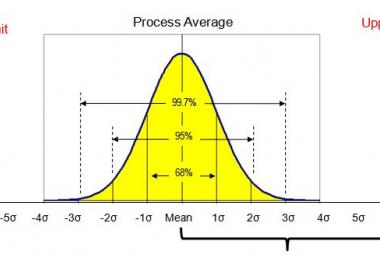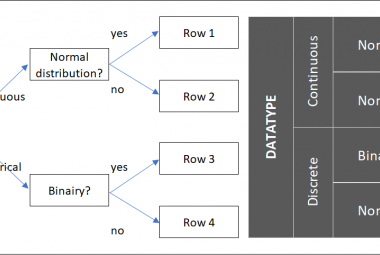As a real lean enthusiast, I am stunned how many people introduce lean tools in their processes without success. How can you spend time on implementing a tool without making sure that it helps you achieve your goals?
I have written a book about it, lean Transformations, and in this book, I discuss a LEAN MATURITY MODEL (shown in figure 1) that should help you break the cycle of actions that do not lead to measurable improvement.

Figure 1: The four levels of lean maturity (Panneman, 2017)
Level 1 describes the first level of lean maturity: Setting Standards. It includes the tools 5S and standard work, which are necessary to implement in any company, just to keep the lines running (Panneman, 2017).
The problem with level 1 organizations is, that they have an event and they think of something great, but they do not have a system in place to sustain these implementations. This means the organization lean organizations are stressed when an external party announces an audit because they are not sure everything is documented properly, let alone that all standards are adhered to. The weeks before the audit, management does as many quick fixes as possible to prevent the auditor from finding inconsistencies, after which the organization moves back into its old habits until the next audit is announced.
Level 2 describes the second level of maturity which is called checking the Standards. This is where team boards and kamishibai audits are described as tools to help steer conversations in the organization about how we are performing compared to the standards (Panneman, 2017).
A level-two lean organization is therefore an organization in which people discuss performance regularly and check whether the standards are still kept, but nothing happens with the information they gather (Panneman, 2017). One possibility is that targets are met every time, and the daily performance meeting does not change anything in the way that the team works in the future. At this level of maturity, both kamishibai and the team board are used on a push basis. Even though the structure of lean tools is in place, it is not used to its full potential, namely finding the next improvement opportunity, which brings us to level three.
Level 3 is called improving the standards and describes kaizen, A3 problem solving, and D2MAIC projects as possible ways of using the audits and daily meetings to improve the standards (Panneman, 2017).
These are the organizations which use visual management as input for their problem solving processes. Teams are taught to use the tools kaizen, A3 and maybe even D2MAIC project and start improving. However, even though the organization has different forms of problem solving in place, they have difficulties measuring the impact of these improvements on organizational goals. This is the power of level-four organizations.
The fourth level of lean maturity is about Linking Improvements to company goals. Meaning, that all departments have to improve in the same direction: the number one KPI that is most important for the organization to achieve its vision (Panneman, 2017). The daily management system and hoshin kanri are the tools that organizations in this maturity level use.
Level four organizations make sure that all improvement initiatives in the organization directly influence bottom-line results.
Having a clear link between management levels and each of the individual teams creates a situation in which management will pull improvement ideas from the organization. Their KPI depends on the KPIs on each team board, so they will offer their support when a team misses its targets.
In a true lean organization, everyone is working with the system of continuous improvement. Processes are standardized, performance is visualized, and people are trained in problem solving based on their KPI that are directly derived from organizational goals. Only when all these elements are in place, your organization will use the lean tools the way they were designed: gain measurable results.
Continue to:
Lean basics – 5 lean principles
REFERENCE:
Panneman, T, 2017, Lean Transformations - when and how to climb the four steps of Lean maturity, Maarssen (NL): panview (summary / order this book)













